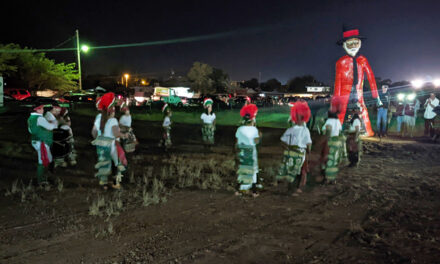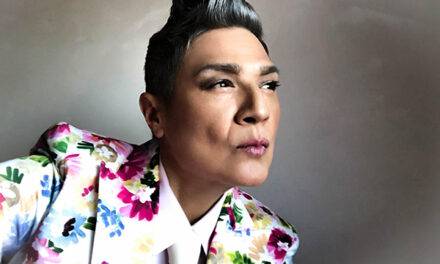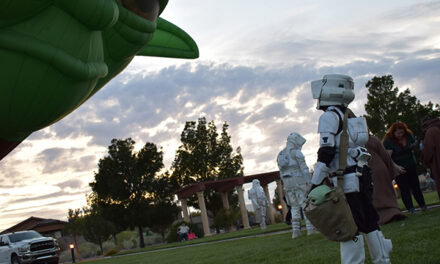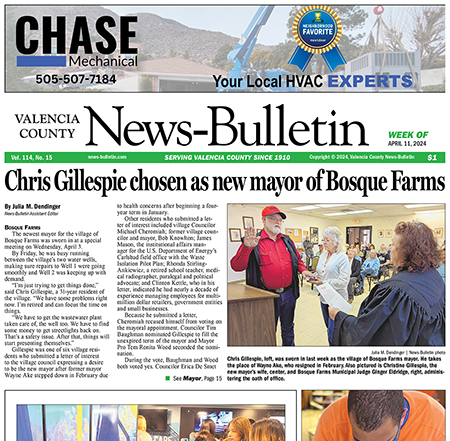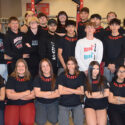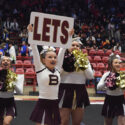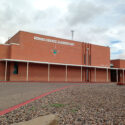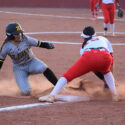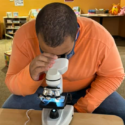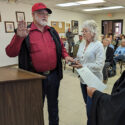Belen
Friends and family gathered as one Friday night at Belen City Hall to celebrate “the pictorial history of the people, families and culture of the valley below.”
Lifelong residents of the Rio Abajo joined forces to present a meaningful documentation and portrayal of their ancestors’ lifestyle and culture through “Raices del Rio Abajo.”
There were photographs from the 19th century, depicting young hopeful people in their wedding finery, followed by pictures of their children in 1920s wedding style.
There were proud elders and tiny babies depicted among the generations of county residents.
“One of the special things about this project is we get to tell history our way,” said Rita Padilla-Gutierrez, chairman of the project planning committee. “We have the freedom to display our history from a very personalized family perspective.”
The program introduced the first annual pictorial and performing venue showcasing family histories, local artisans, musicians, writers and folklorists.
The Historic Tomé-Adelino Neighborhood Association and the City of Belen presented pictorials of 13 families at the premiere program. Some of the families can be traced back for centuries while others are newcomers to the area.
Photographs depicting special family moments and personal insights, such as the pilgrimage to Tomé Hill, were displayed throughout the Belen Municipal Building.
Onlookers stopped and studied glorious pieces of local artwork exhibited along with the moving family pictorials. Each one was different and told the story of another piece of history.
Author Rudolfo Anaya congratulated the people of the Rio Abajo for their dedication to the project.
“It’s very important to collect the history of a community of people. Sometimes our youth are so caught up in the fast pace of life with TV and fast cars, they forget to stop and think about the past.
“This project allows us to look at our roots, our ancestors and how they lived,” Anaya said.
Author John Nichols, author of “The Milagro Beanfield War,” addressed the crowd of an estimated 400 people in English and Spanish, causing gusts of laughter to emerge from the standing-room-only chamber council.
Artwork created by people of the valley also took center stage. There were bultos, smooth wooden carvings of saints, paintings of a dozen different styles.
Little girls stopped and eyed the old-fashioned dresses their grandmothers might have worn.
The family photo collections will go on display at the National Hispanic Cultural Center’s genealogy section from July to September.
A recruitment effort has already been started to find families for next year’s pictorials. For more information contact Rita Padilla-Gutierrez at 861-1768.
